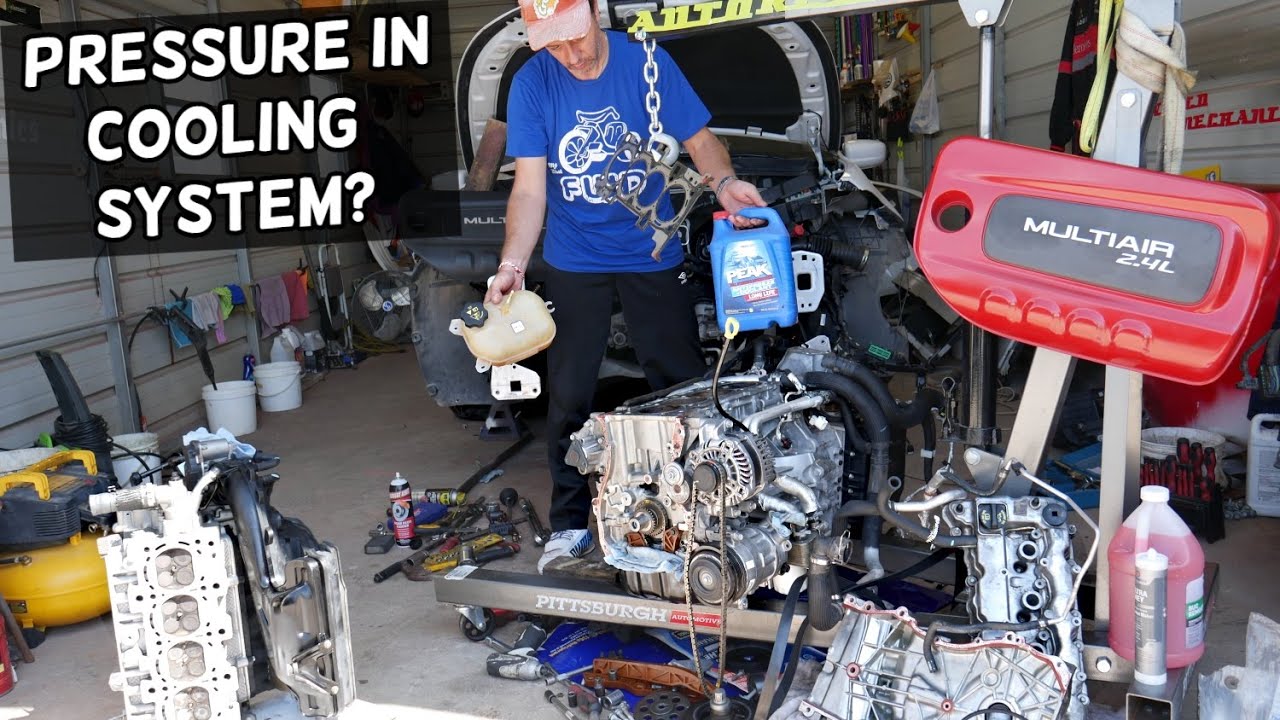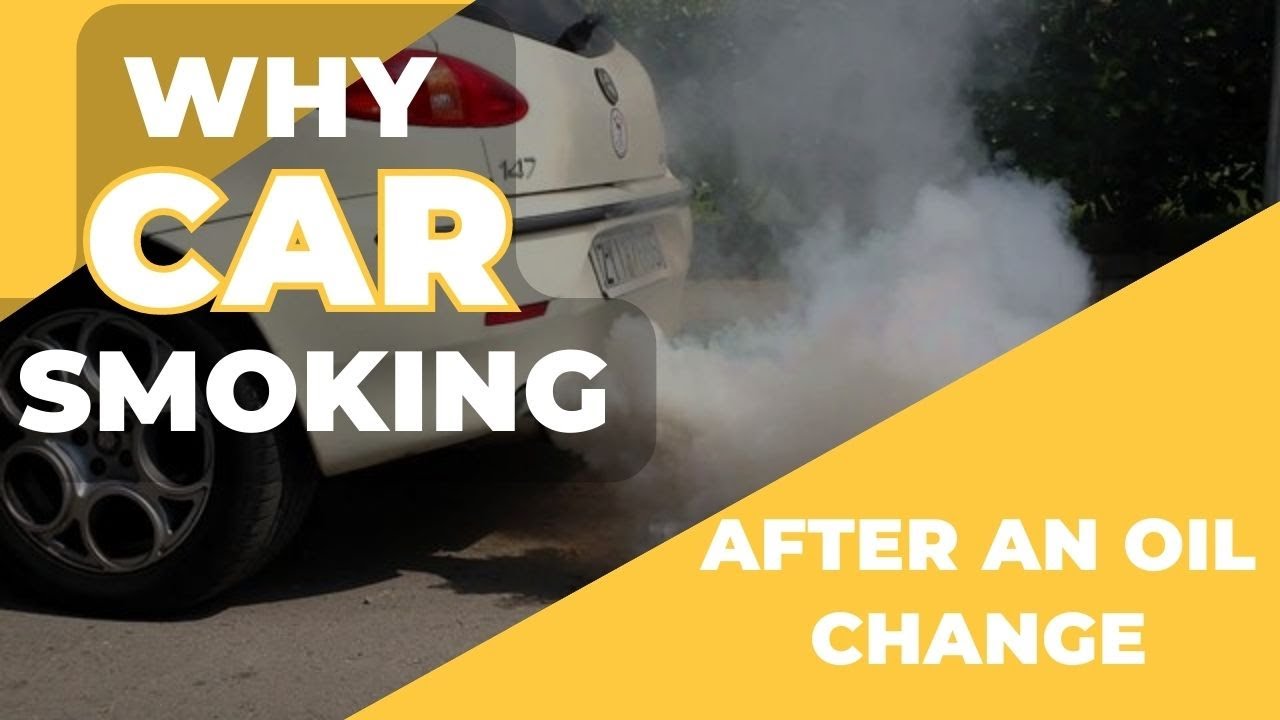Warming up your car’s engine before hitting the road was once considered a crucial step in cold weather climates. Many of us grew up watching our parents start their cars and let them idle for several minutes before driving off. However, with advancements in automotive technology, the necessity of this practice has come into question.
Let’s delve into the reasons behind the myth and why it’s time to bust it once and for all.
A Brief History of Carburetors and Engine Warm-Ups

To understand the importance of engine warm-ups, it is crucial to take a step back in time and look at the history of carburetors. Carburetors were widely used in the automotive industry until the late 1980s. They functioned by mixing air and fuel to create an air-fuel mixture, which was then supplied to the engine for combustion.
When a carburetor-equipped engine was cold, it required a proper air-fuel mixture to prevent damage and ensure efficient operation. This necessitated warming up the engine before driving, allowing the carburetor to adjust the mixture and reach the optimal operating temperature.
Modern Advancements: Fuel Injection Systems

Fast forward to the present day, and most vehicles are equipped with advanced fuel injection systems. Unlike carburetors, fuel injectors deliver precisely measured amounts of fuel directly into the engine cylinders, eliminating the need for manual adjustments.
Modern fuel injection systems are controlled by sophisticated engine management systems that monitor various parameters such as engine temperature, air intake, and throttle position to optimize performance.
Older EFI systems still require some engine warming to provide the best air-fuel mixture, especially in cold temperatures. However, modern vehicles with advanced EFI systems integrate multiple sensors, including up to four sensors for monitoring the air-fuel ratio, allowing the engine to perform optimally in various conditions, regardless of the temperature.
The Modern Perspective: No Need to Warm Up

With the advanced technology of modern engines, the need for engine warm-ups has diminished. Modern vehicles, like the Toyota Matrix, demonstrate better cold-weather performance due to improved fuel injection systems, allowing drivers to start their cars and drive away without the need for prolonged warm-ups.
Modern engines use lighter oils that flow easily, even in cold temperatures, further reducing the need for engine warm-ups. In fact, the main reason to warm up a modern car today is if it has been covered in snow and ice, as this can create additional challenges for the engine and other vehicle systems when starting up.
Electronic Precision
Electronic fuel injection systems provide more accurate air-fuel ratios, even in cold conditions. This precision allows the engine to operate efficiently from the moment it starts, reducing fuel waste and minimizing harmful emissions. In essence, modern engines are designed to perform optimally without the need for a prolonged warm-up period.
Adaptation to Extreme Conditions

While warming up the engine may still be necessary in extreme weather conditions, such as when the vehicle is covered in snow and ice, modern engines are designed to cope with these challenges. Lightweight oils flow immediately, ensuring proper lubrication and minimizing wear and tear on engine components during cold starts. Additionally, electronic systems can adjust engine performance to compensate for temperature extremes, ensuring reliable operation in adverse conditions.
Drive Smarter, Skip the Engine Warm-Up
The evolution of engine technology has changed the way we approach engine warm-ups. In modern vehicles, warming up the engine is typically unnecessary, except for older cars with carburetors or specific conditions such as a car being covered in snow and ice.
By understanding the history of carburetors and the advancements in EFI systems, drivers can make informed decisions about when and how to warm up their engines, ultimately contributing to better fuel efficiency, reduced wear, and safer driving practices.




